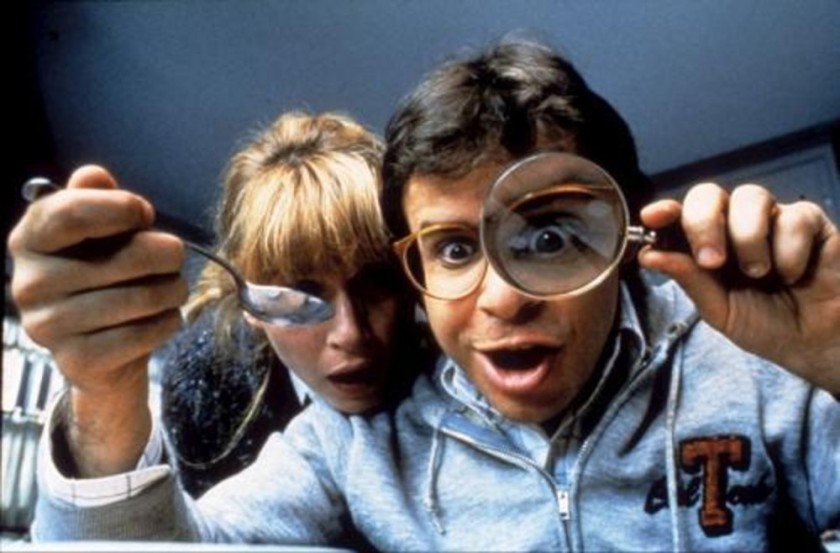Many nonprofits are experiencing an alarming decline of existing donors. Donors simply aren’t sticking around like they used to. And it’s getting more and more difficult to acquire new donors, making matters even worse.
The end result is a shrinking database of donors. This trend is particularly harmful when the long-term, frequent givers start dropping off. And the salt on the wound is a decline of one-time donors that previously helped boost overall annual giving.
Consequently, the size of the donor database, for the majority of nonprofits, is decreasing at all giving levels. This means funds will continue to decrease unless something is done differently.
It isn’t simply a “my donor file is aging and they’re all dying off” or “we need younger donors to succeed” solution. The fact of the matter is that neither are viable reasons for the decline of a database. It’s far more complex.
The best alternative to stem the tide is to hold onto any, and I mean any, donors for dear life! We can’t let them get away. New donors in particular must be treated very differently than they have in the past. It’s a new ballgame and “it’s not your father’s database anymore.”
Maybe you’re like lots of nonprofit executives that just can’t understand why people aren’t breaking down the doors with support. After all, you’re the best at what you do and there’s no conceivable reason why someone wouldn’t want to give to you – right?
Well, that might be the case, but it typically isn’t that simple.
We need to realize that people have choices, and as much as we don’t want to admit it, there are plenty of other organizations that are doing great work and making a positive impact – perhaps even better than your organization is. It’s a humbling experience when you face this reality, but having a great organization that does great work isn’t a guarantee to fundraising success.
So what is a fundraiser to do?
It starts with gratitude. Gratitude means feeling thankful for someone’s support, and it certainly means showing that you are thankful, but it also requires truly meaning it. Feeling it, showing it, and meaning it: that’s the magic formula.
Consider fostering a culture of deep gratitude that transcends a mechanical “thank you” or superficial expressions of appreciation. This means we need to really, truly be grateful and show a deep and sincere appreciation for each and every donor, regardless of how much they give.
This means embracing an approach to donor stewardship that surpasses, on an epic level, the typical experience a donor encounters when they support a charity. We can’t take one single donor for granted.
We need to nurture each relationship and each donor as though they are incredibly special (because they are). Be extravagant with gratitude!
So here is the three-point plan to consider:
- First and foremost – be grateful and mean it! People see through superficiality. They sense insincerity a mile away. And people won’t tolerate it any longer – and for good reason. Would you?
- Communicate on the most personal and simple level possible. This includes personal phone calls, personal notes or visits, direct mail or digital appeals that are highly personalized without being overly mechanical, and communication in a style that fits their demographic. Donors are people just like you and me. They want to be treated with respect, as a grown-up, and as though they mean something to you.
- Find new ways to build authenticate relationships. Your organization must be authentic in every conceivable way. This means being transparent with your funding and details of your organization, like CEO compensation, but it also means being human. That entails being simple, approachable, and not pretentious. It means using simple words, talking in a conversational manner, and not talking about the charity but instead talking about the impact the charity is making with the donors’ support. And perhaps, most importantly, learn how to draw the donor into your world, and vice versa, with dynamism and a sense of humanity.


